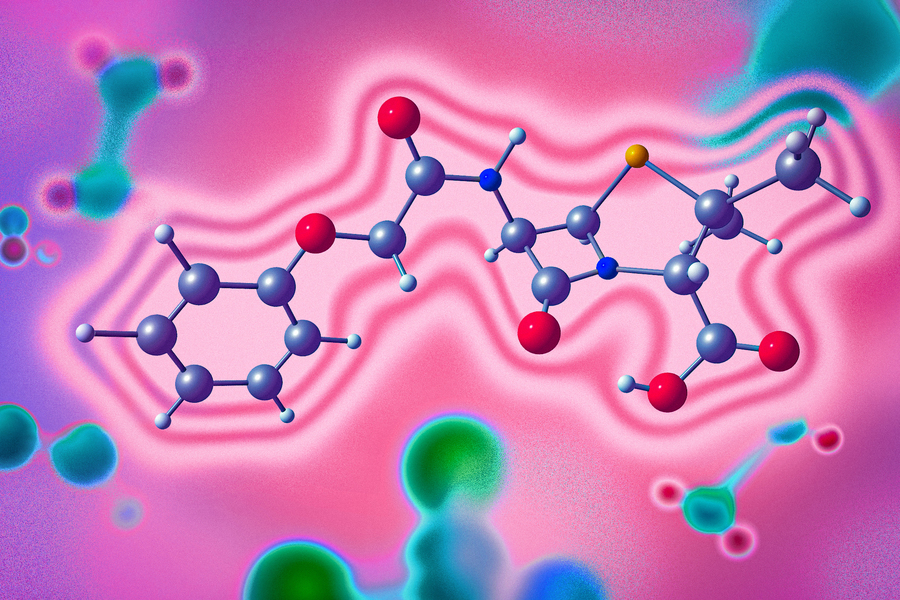The Ph.D. program seeks to train a new breed of quantitative biologists who can take advantage of technologies at the leading edge of science and engineering to tackle fundamental and applied problems in biology. Our students acquire: (i) a background in modern molecular/cell biology; (ii) a foundation in quantitative/engineering disciplines to enable them to create new technologies as well as apply existing methods; and (iii) exposure to subjects emphasizing the application of quantitative approaches to biological problems. Our program and courses emphasize the logic of scientific discovery rather than mastering a specific set of skills or facts. The program includes teaching experience during one semester of the second year. It prepares students with the tools needed to succeed in a variety of academic and non-academic careers.
The program is highly selective with typical class sizes 8 to 10 students. About half of our graduate students are women, about one-quarter are international students, and about 10% are under-represented minorities.
Students complete most coursework during the first year, while exploring research opportunities through 1- or 2-month research rotations. A faculty academic advisor assigned in the first year provides guidance and advice. Students choose a research advisor in spring or early summer of year 1 and develop a Ph.D. research project in with their advisor and input from a thesis committee chosen by the student.
Average time to graduation is 5½ years.
The Program in CSB is committed to increasing opportunities for under-represented minority graduate students and students who have experienced financial hardship or disability.



